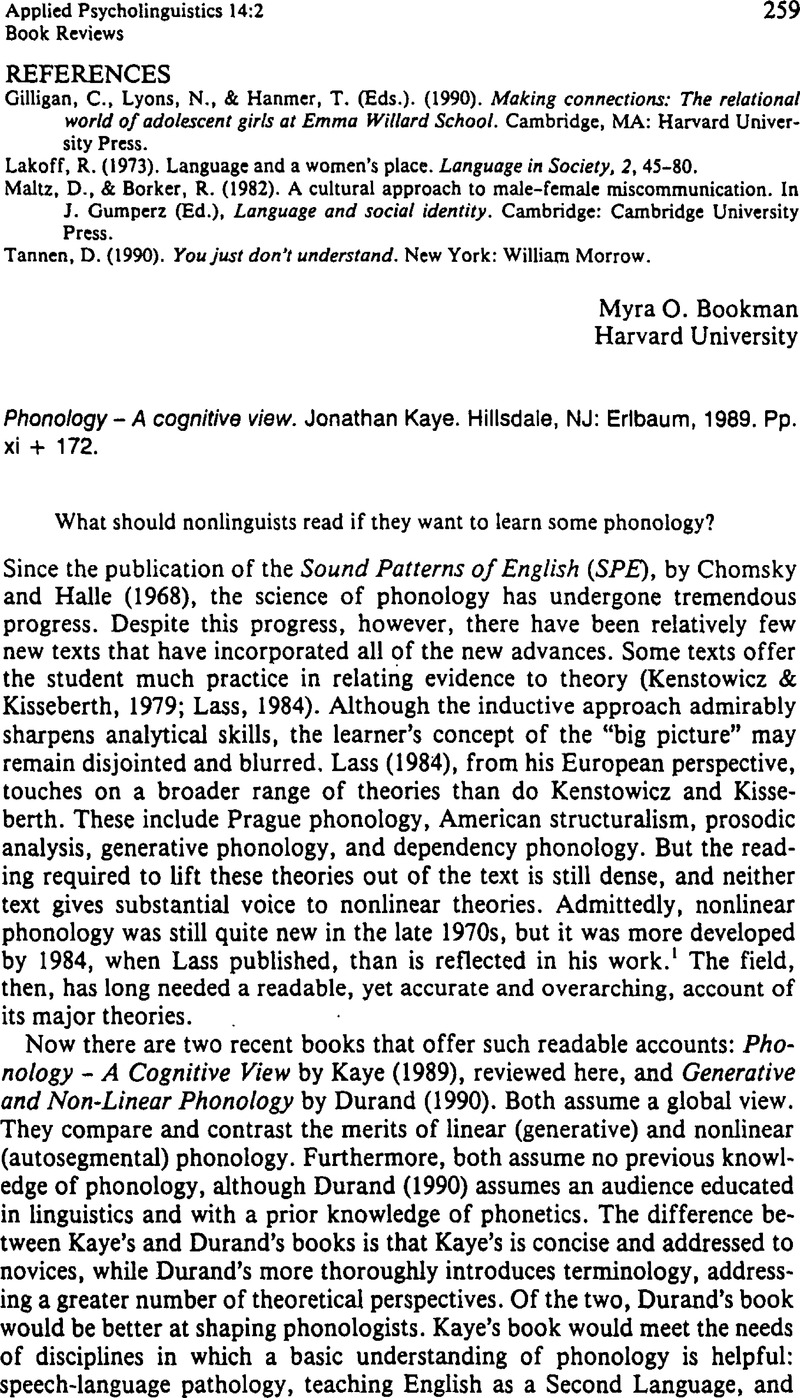Halvorsen, P. -Kr. (
1988). Computer applications of linguistic theory. In
Newmeyer, F. J. (Ed.),
Linguistics: The Cambridge survey: Vol. 2. Linguistic theory: Extensions and implications (pp.
198–
219).
New York:
Cambridge University Press.
Google Scholar 